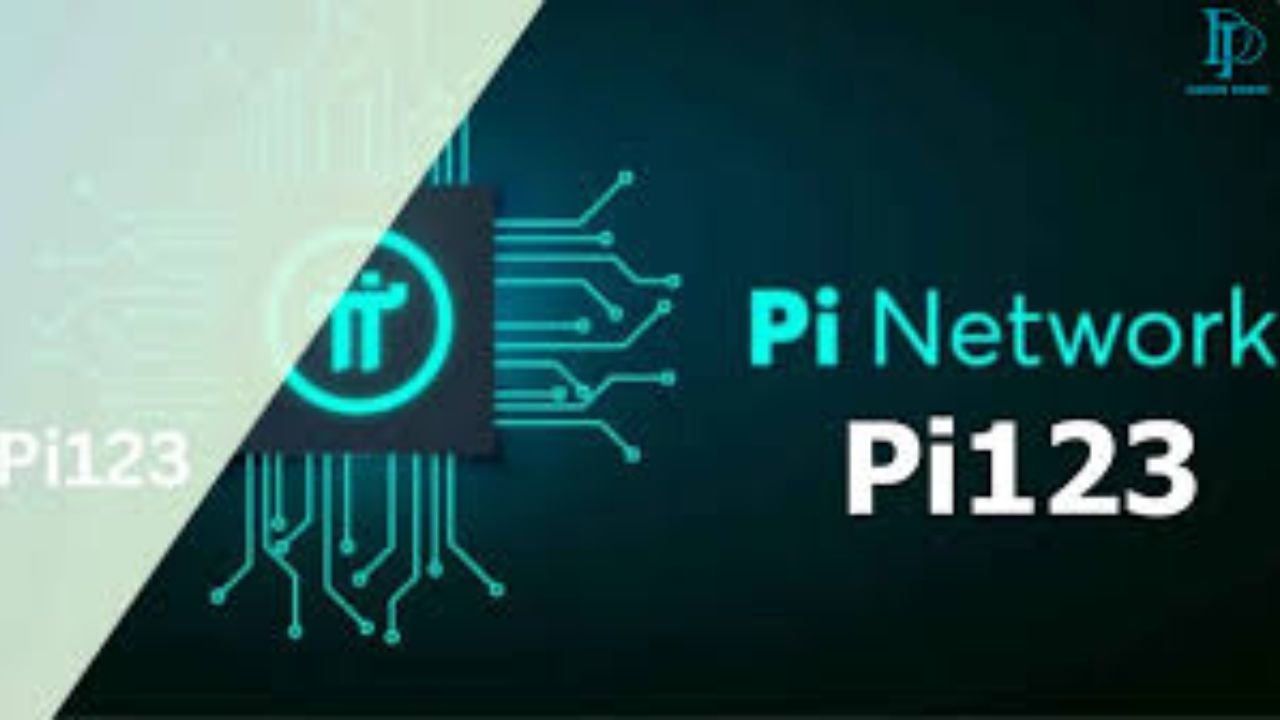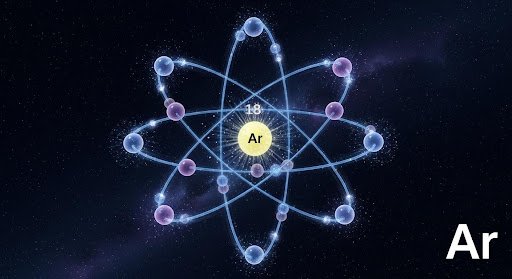Introduction
Pi (π) is one of the most famous mathematical constants, with applications spanning science, engineering, and even the arts. Often represented by the symbol π and commonly approximated as 3.14159, pi is an irrational number—its decimal sequence goes on infinitely without repetition. The concept of “Pi123” refers to specific sequences or learning aids associated with Pi, which help both students and professionals understand this mathematical marvel. By exploring the fundamental nature of Pi, understanding Pi123, and diving into its applications, we gain insight into why this number holds such fascination across cultures and disciplines.
Understanding Pi
Pi is defined as the ratio of a circle’s circumference to its diameter. Regardless of the circle’s size, this ratio remains constant, yielding the famous value of approximately 3.14159. What makes Pi particularly interesting, however, is its infinite, non-repeating sequence of decimals. This irregularity positions Pi as a unique number in mathematics, leading to its classification as an irrational number. This non-repeating decimal quality allows Pi to be calculated to trillions of digits, though in most practical applications, only a few decimal places are necessary.
Historical Background of Pi
The journey of Pi dates back thousands of years. Ancient civilizations, from the Egyptians to the Babylonians, had some understanding of the concept, using rough approximations of Pi for their constructions and calculations. For example, the ancient Egyptians used a value of 3.1605, which they derived through their own measurement methods. It wasn’t until the 18th century that mathematicians recognized Pi as an irrational number. Over time, mathematicians have calculated Pi to trillions of digits, aided by advances in computational technology. This ongoing endeavor highlights not only our interest in Pi’s precision but also the ever-evolving capabilities of modern computing.
Pi123: What Does It Mean?
Pi123 refers to a specific sequence or structure in learning and exploring the digits of Pi. Though not a term commonly encountered outside of educational contexts, Pi123 helps students, educators, and Pi enthusiasts to engage with Pi’s unique sequence in a structured way. It could refer to methods of organizing Pi’s digits or breaking them into manageable groups, making it easier for students to grasp the concept. This approach often includes using mnemonics, structured sequences, or visual aids to bring Pi to life in educational settings.
Breaking Down the Sequence of Pi
One of the fascinating aspects of Pi is its infinite decimal sequence. Unlike rational numbers, where decimals either terminate or repeat, Pi’s decimals go on indefinitely without any known repeating pattern. For example, the digits begin as 3.14159, followed by millions more. Studying Pi’s sequence allows mathematicians to explore randomness within a deterministic context, providing insights into number theory and randomness itself. It’s in this sequence that Pi123 often comes into play, as students and mathematicians alike attempt to memorize sections of Pi, often through structured sequences or creative mnemonics.
Why Pi is Irregular but Important
Pi’s irregularity—that is, its irrational and transcendental nature—makes it a topic of study not only for mathematicians but also for scientists and philosophers. Unlike rational numbers, Pi cannot be expressed as a fraction, nor is it a root of any non-zero polynomial equation with rational coefficients. This characteristic has led to numerous applications and made Pi a staple in mathematical education. Pi123 serves as a helpful tool in making this irregularity approachable, especially for those encountering Pi’s complexities for the first time.
Calculating Pi: Methods Over Time
Over centuries, many methods for calculating Pi have evolved. Early approximations relied on geometric techniques, such as inscribing polygons within a circle and calculating their perimeters. Later, mathematicians like Archimedes and Newton developed more sophisticated methods. Today, advanced algorithms enable computers to calculate Pi to millions, even trillions, of digits. Pi123 often acts as a simplified entry point to these calculations, allowing learners to grasp the essence of Pi’s sequence without diving into complex formulas.
Pi in Everyday Life
Despite its mathematical complexities, Pi plays a role in various everyday applications. For instance, it’s used in the fields of construction, engineering, and even art, where circular shapes and measurements are common. Calculating areas and circumferences in both two and three-dimensional spaces requires Pi, making it indispensable in these industries. Pi123, as a structured approach to learning Pi, provides a way for students and professionals alike to remember and utilize Pi’s value in practical applications.
Memorizing Pi: Mnemonics and Techniques
Memorizing the digits of Pi is a popular challenge, especially on Pi Day (March 14th). Mnemonics, poems, and even songs have been developed to help enthusiasts remember Pi’s sequence. One such technique is Pi123, which breaks Pi into digestible chunks, making memorization more feasible. Using these strategies, some have memorized thousands of Pi’s digits, often as a demonstration of memory techniques or to celebrate the beauty of mathematics.
Also Read: Webfreen.com fashion: Your Gateway to Trendy and Affordable Clothing Online
Pi123 as a Learning Tool
In educational contexts, Pi123 proves highly beneficial as it introduces students to complex mathematical concepts in a structured manner. By breaking Pi’s digits into sequences or sections, educators can make this abstract number more tangible. Pi123 can also be used in conjunction with visual aids, making it easier for visual learners to engage with Pi’s infinite nature. This structured approach ensures students grasp Pi’s importance in geometry and beyond.
Pi and Geometry
Pi’s central role in geometry, especially in calculations involving circles and spheres, cannot be overstated. From finding the circumference of a circle to calculating the surface area of a sphere, Pi is indispensable. Pi123, by simplifying the learning process, makes it easier for students to understand these applications. For instance, the formula for the circumference of a circle (C = 2πr) becomes more intuitive when students grasp the role of Pi as a consistent ratio.
Conclusion: Why Pi123 is Here to Stay
Pi123 has undoubtedly carved out a significant place in the realms of education, business, and finance. Its journey from an innovative concept to a widely adopted tool showcases its versatility and effectiveness. With ongoing advancements and new features on the horizon, Pi123 continues to evolve alongside its users’ needs.
The positive feedback from educators and professionals alike reinforces its value. Users have experienced tangible improvements in their learning processes, efficiency in calculations, and overall productivity thanks to this powerful tool. As it expands into various fields beyond mathematics, Pi123 demonstrates that it is not just another fleeting trend but rather an essential instrument for anyone looking to enhance their skills or streamline their work.
With technology advancing rapidly, Pi123 stands resilient as a reliable companion for learners and professionals across disciplines. This dynamic tool will remain relevant for years to come—meeting challenges head-on while adapting to new demands in an ever-changing landscape. The future looks bright for Pi123 as it solidifies its role as a must-have resource for those seeking success.





